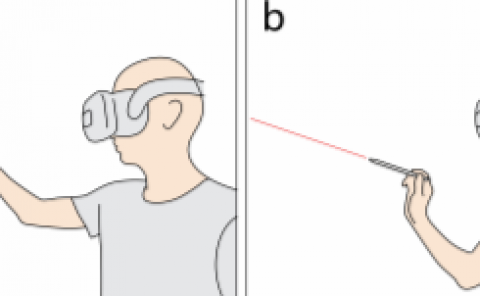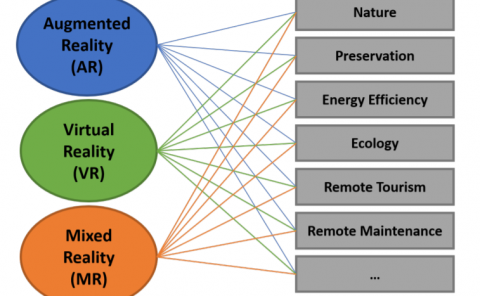BAS-360°: Exploring Spatial and Temporal Adaptability in 360-degree Videos over HTTP/2
PubDate: April 2018
Teams: George Mason University;SUNY Binghamton;Adobe Research Adobe Systems Inc.
Writers: Mengbai Xiao; Chao Zhou; Viswanathan Swaminathan; Yao Liu; Songqing Chen
PDF: BAS-360°: Exploring Spatial and Temporal Adaptability in 360-degree Videos over HTTP/2

Abstract
Today, 360-degree video streaming has become a popular Internet service with the rise of affordable virtual reality (VR) technologies. However, streaming 360-degree videos suffers from the prohibitive bandwidth demand. Existing bandwidth-efficient solutions mainly focus on exploiting the inherent spatial adaptability of 360-degree videos, delivering only video content (spatially-cut tiles) in the viewer’s region of interest (ROI) with higher quality. Temporal adaptability, which has been widely leveraged in HTTP streaming, has not been well exploited to select proper quality for video segments according to the bandwidth variations. When these two dimensions of adaptability are jointly considered, bitrate selection for the tiles become more complicated and challenging. The importance of a tile with a spatial coordination played at a specific time should be quantified so that we can determine how to allocate bandwidth for improving the viewer’s quality of experience. Furthermore, viewer’s head orientation prediction is highly variable, which makes the determination of important tiles highly dynamic. In addition, network fluctuations are very common on the Internet. To overcome these challenges, we propose Bi-Adaptive Streaming for 360-degree videos (BAS-360°). In BAS-360°, both spatial and temporal adaptabilities are explored in the bitrate selection for different tiles. The objective is to minimize the bandwidth waste by allocating bandwidth to more important tiles (the tiles that are more likely to be watched). To tackle the high variability of visual region prediction and the unpredictable network fluctuations, we employ two features provided by HTT P /2: stream termination and stream priority, to efficiently organize tile delivery. Evaluation results show that BAS-360° outperforms naive tile-based 360-degree video streaming strategies when network fluctuations or errors in viewport predictions occur.



